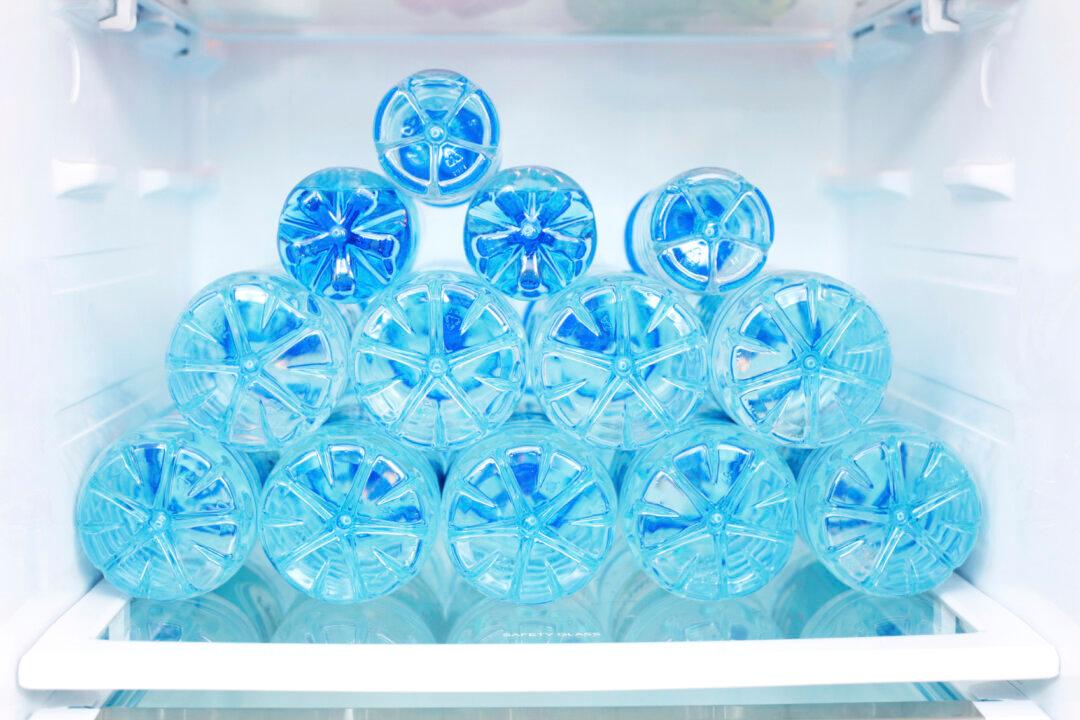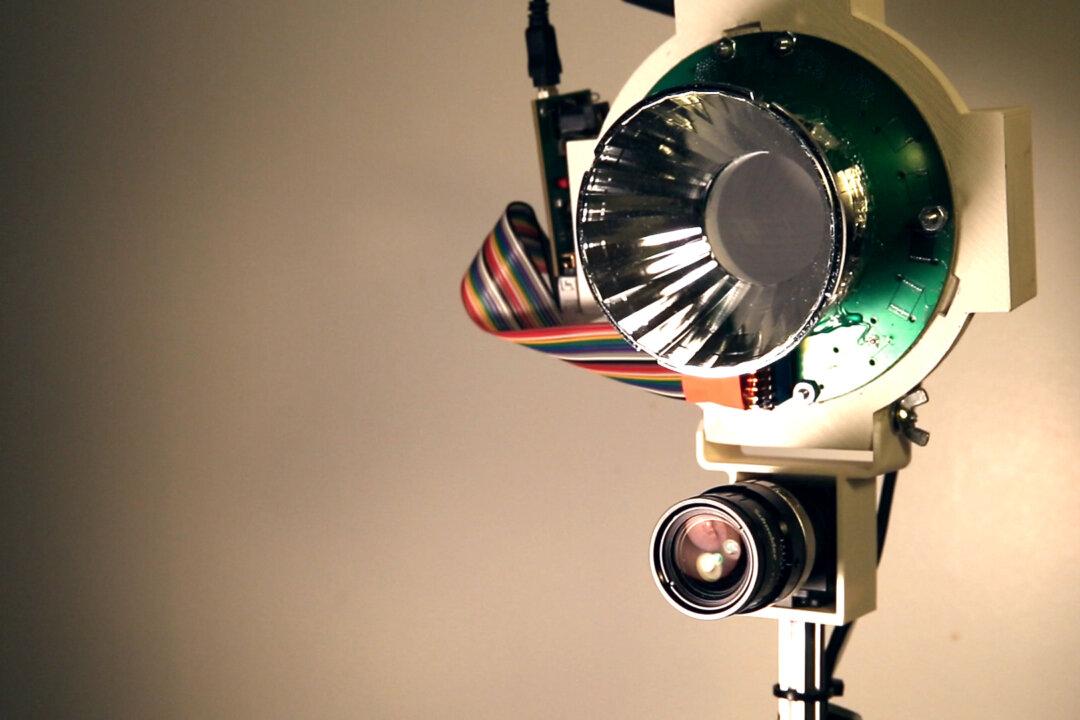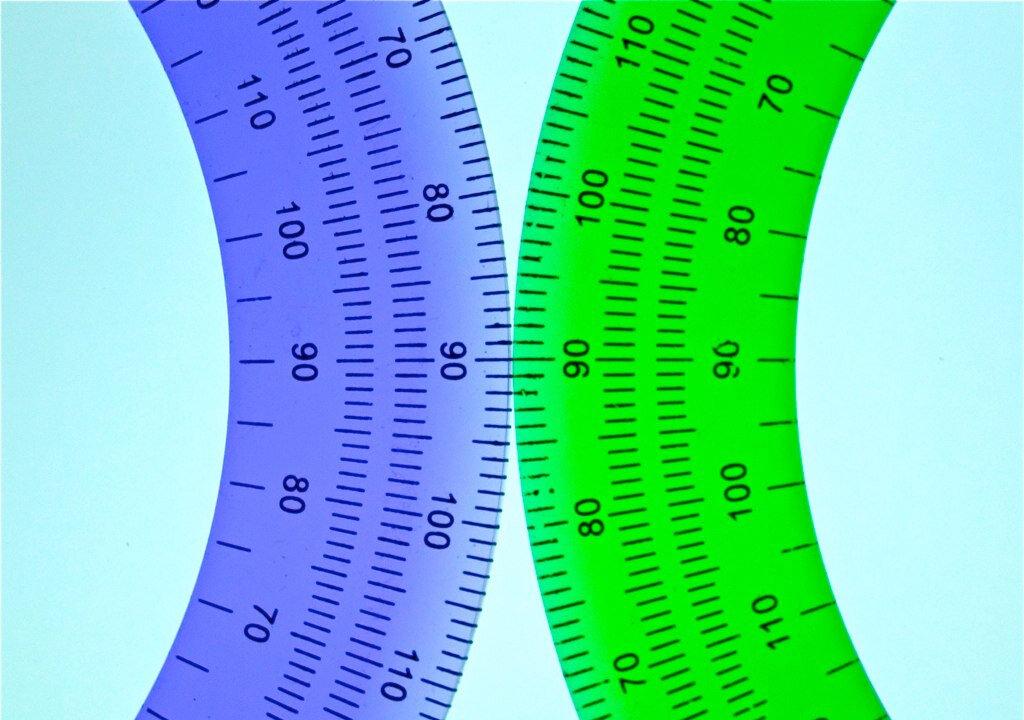For the first time scientists have figured out how to use an infrared laser to cool water by about 36 degrees Fahrenheit.
“Typically, when you go to the movies and see ”Star Wars“ laser blasters, they heat things up. This is the first example of a laser beam that will refrigerate liquids like water under everyday conditions,” says Peter Pauzauskie, an assistant professor of materials science and engineering at the University of Washington. “It was really an open question as to whether this could be done because normally water warms when illuminated.”

As they are cooled by the laser, nanocrystals emit a reddish-green "glow" that can be seen by the naked eye. Dennis Wise/ University of Washington



